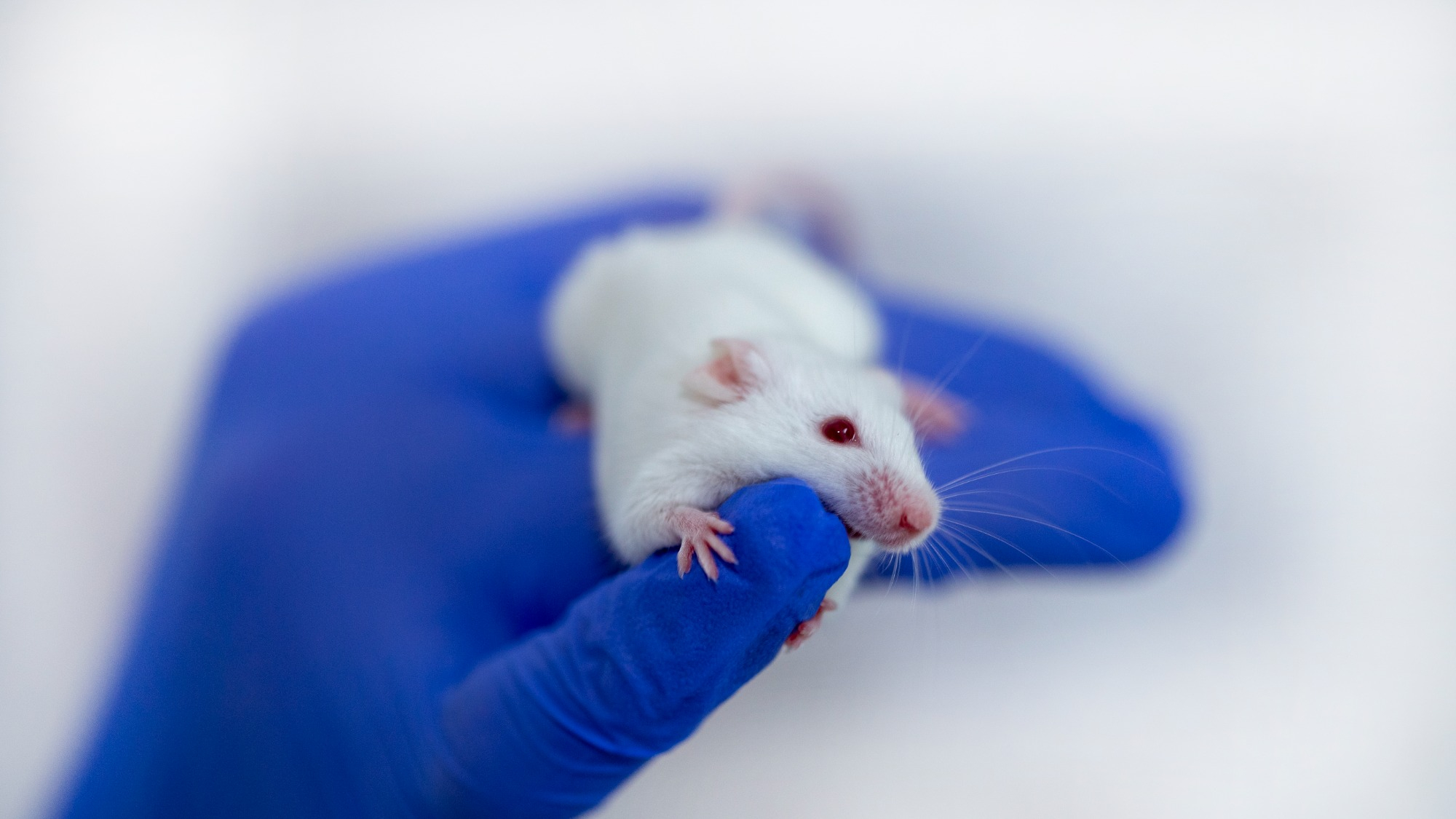

This article was originally featured on Field & Stream.
Deer antlers are among the fastest-growing appendages in the Animal Kingdom. Growing as fast as 3/4 of an inch per day during the peak spring growing cycle, cervid headgear can develop fully in just a few short months. Scientists at Northwestern Polytechnical University in Xi’an, China have been looking for ways to harness the rapid growth rate of antler tissue by implanting stem cells from Sika deer antlers into the foreheads of lab mice. Their experiments have yielded some bizarre-looking rodents with small outgrowths on their heads that the journal Nature referred to as “mini antlers.” According to a research paper published on February 24, 2023, the results could one day be adapted to heal bone injuries and regrow lost limbs.
The Xi’an researchers started by investigating the cellular make-up and gene expression dynamics of antler tissue throughout various stages of growth. Once they’d isolated stem cell populations with the most potency and potential for regenerative effects, they started inserting those cells directly into the heads of their test mice.
They found that the most effective cell implants were those derived from shed antlers that were no more than 5 days old. Those cells were harvested from the antler pedicle—where the base of the antler connects to the skull plate—cultured in a petri dish, and then transplanted between the ears of hairless mice. Within 45 days of implantation, the mice had begun to develop “antler-like” structures of their own.

It’s not the first time that Chinese scientists have grown something akin to a deer antler on the noggin of a mouse. In a similar study published in the Journal of Regenerative Biology and Medicine in August 2020, researchers surgically removed antler tissue from living deer then used something called a cryogenic freezer mill to process the antler material before inserting it into nude mice. That study produced similar results with the mice sprouting visible, antler-like protrusions atop their heads.
Read Next: Florida Researchers Tracked Down and Killed a Giant Burmese Python After it Ate a Collared Possum
The researchers behind the more recent study say that their work extends the catalog of mammalian stem cell systems that are known to science. With these newly-identified stem cell types, they’re hoping to expand the capacity of modern medicine. “Our results suggest that deer have an application in clinical bone repair,” the authors wrote in the study’s conclusion. “Beyond that, the induction of human cells into [anlter-like] cells could be used in regenerative medicine for skeletal injuries or limb regeneration.”